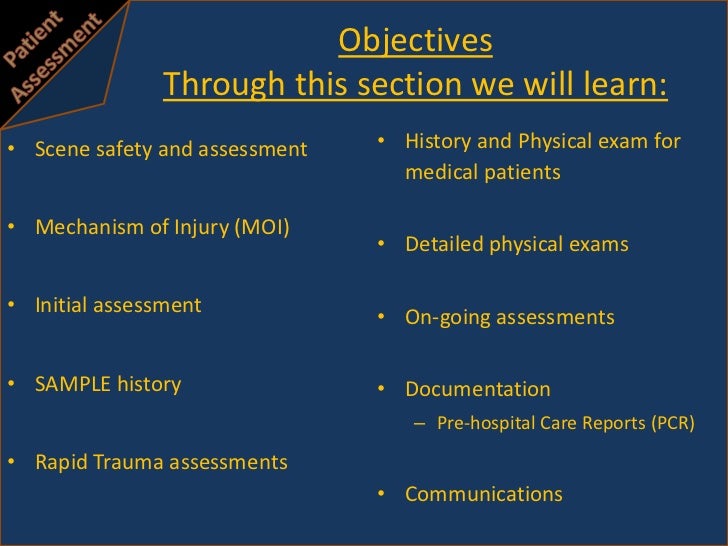
Gaining the requisite experience to be a competent decision-maker based solely on actual emergency responses is a near-impossible task. Firefighters are required to be a jack-of-all-trades, managing emergency medicine, hazardous materials, technical rescue, wildland-urban interface, and structural firefighting. In today’s fire service, gaining the necessary experience is often difficult. Working in a predictable environment (one in which the cues and clues are predictive of subsequent events) and having a large body of varied experiences are critical to the development of intuitive decision-making skills. Klein terms this model Recognition-Primed Decision-Making (RPD) because he found that expert decision-makers base their actions on reading the critical cues and clues presented by a situation and recognizing a known pattern from their past experience. In his groundbreaking book on intuitive decision-making “Sources of Power,” cognitive scientist and researcher Gary Klein describes the decision-making model that evolved from his research observing and interviewing experienced company officers and battalion chiefs with the Philadelphia Fire Department. The ability to expose operators (company officers and incident commanders) to a wide variety of experiences is where simulations can be put to best use in the fire service.
Review of sizeup how to#
They allow pilots to learn how to deal with high-risk/low-frequency events (such as a water-based landing) in a controlled environment. Virtual reality airframe simulators have become the mainstay of ground-based training for both commercial and military aviation. The measured benefits of simulation training include enhancing the incident size-up, recognizing problems and anomalies faster, having a strong sense of what is going to happen next, avoiding information overload, maintaining “command presence” in the face of uncertainty or time pressure, and finding alternative solutions when “Plan A” runs into trouble. I know from my own experience that simulations are powerful training tools, but as an advocate for evidence-based training, I also know the importance of proving the value of the investment.Ī review of the current research into the efficacy of simulation training-research that spans a range of applications, including aviation, navigation, medicine, law enforcement and the military-is that carefully crafted and implemented simulation training programs have similar positive results. Can your unit handle this? If not, call for additional resources.Designing, developing and implementing a simulation-based training program takes time, effort and money.

If it's more than your unit can handle, call for backup.

The MOI is the basis for you index of suspicion.Index of suspicion: your judgment of whether and how severely the patient is injured.If a scene turns hazardous at any point, leave.Be courteous, let patients know you are here to help. Introduce yourself to patients and always ask for their consent to any treatment. Scene control: tell crowds to step back.Suspect toxic environment if everyone in the area suffer from similar symptoms.Confined spaces such as caves require SCBA (self-contained breathing apparatus).Toxic substances / low oxygen caused by:.

Open water and moving water rescues require specialized training.

turn the wheels of your parked vehicle to point away from the scene (if someone crashes into it, you won't get run over by your own vehicle).HEPA or N-95 mask: for tuberculosis protection.Eye protection: protect eyes from body fluids for cases with active bleeding.


 0 kommentar(er)
0 kommentar(er)
